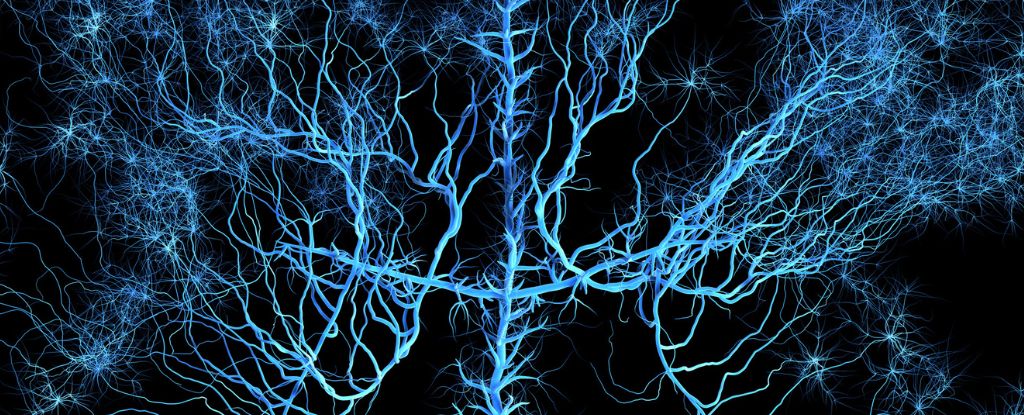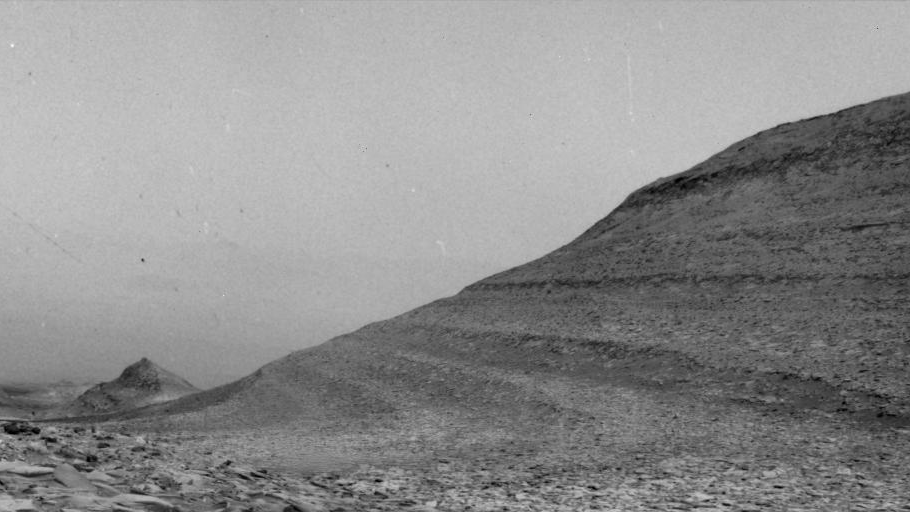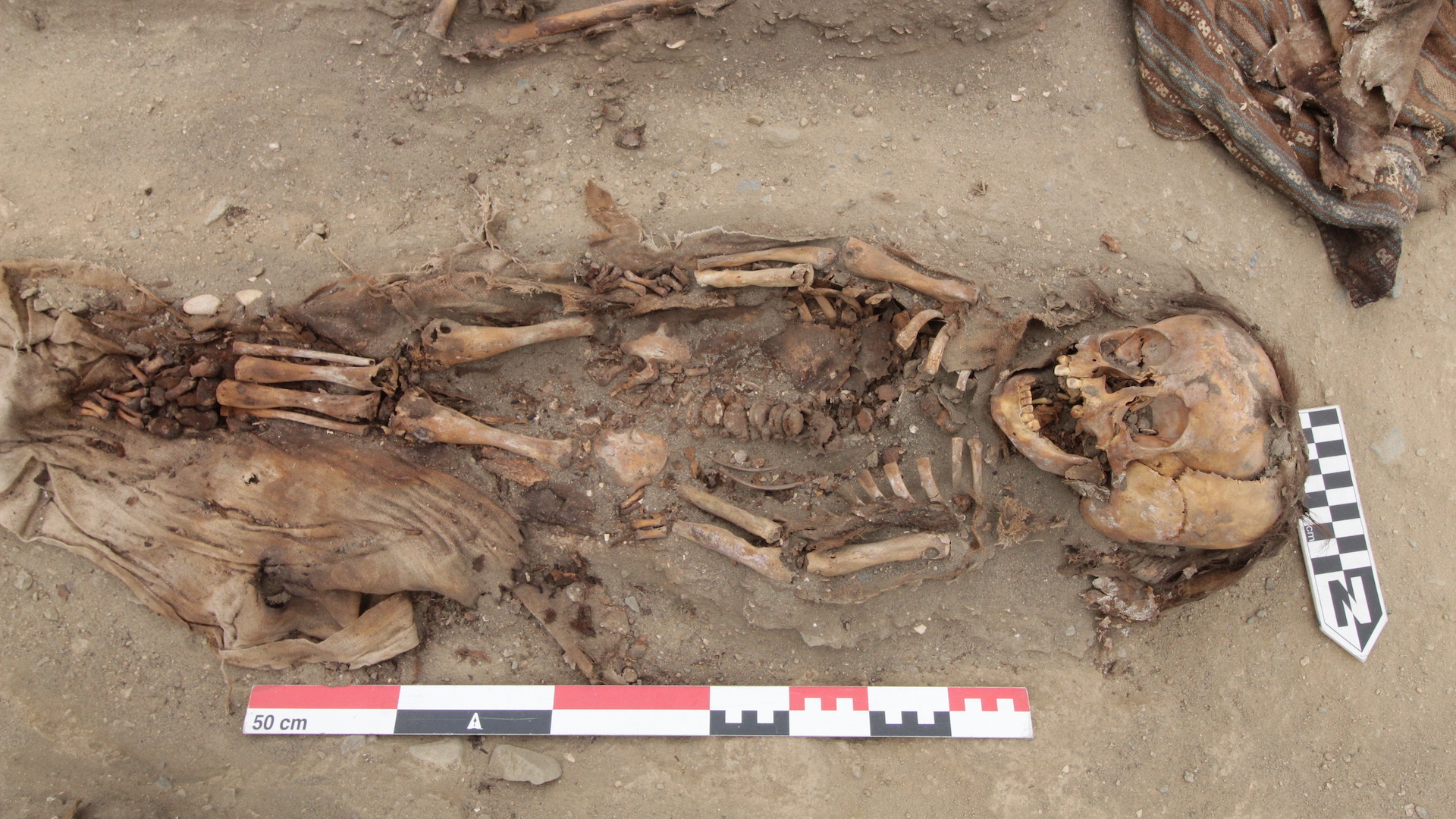Remote Sensing, Vol. 15, Pages 734: Detection of Aquatic Invasive Plants in Wetlands of the Upper Mississippi River from UAV Imagery Using Transfer Learning
Remote Sensing doi: 10.3390/rs15030734
Authors: Gargi Chaudhuri Niti B. Mishra
Aquatic invasive plants (AIPs) are a global threat to local biodiversity due to their rapid adaptation to the new environments. Lythrum salicaria, commonly known as purple loosestrife, is a predominant AIP in the upper Midwestern region of the United States and has been designated as a deadly threat to the wetlands of this region. Accurate estimation of its current extent is a top priority, but regular monitoring is limited due to cost-, labor-, and time-intensive field surveys. Therefore, the goal of the present study is to accurately detect purple loosestrife from very high-resolution UAV imagery using deep neural network-based models. As a case study, this study implemented U-Net and LinkNet models with ResNet-152 encoder in the wetlands of the upper Mississippi River situated in La Crosse County, Wisconsin. The results showed that both models produced 88–94% training accuracy and performed better in landscapes that were occupied by smaller, disaggregated, and more equitably distributed purple loosestrife. Furthermore, the study adopted a transfer learning approach to implement a trained purple loosestrife model of the first study site and implemented it for the second study site. The results showed that the pre-trained model implementation generated better accuracy in less than half the time of the original model. Therefore, the transfer learning approach, if adapted efficiently, can be highly beneficial for continuous monitoring of purple loosestrife and strategic planning for application of direct biocontrol measures.

 1 year ago
28
1 year ago
28


